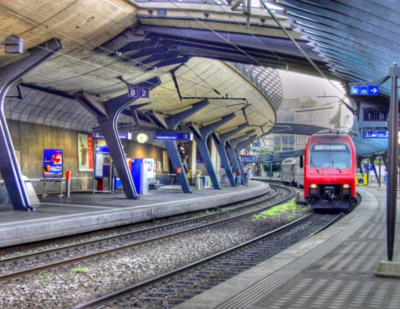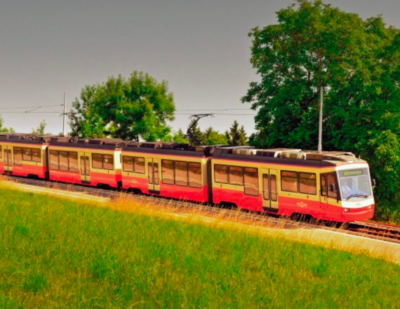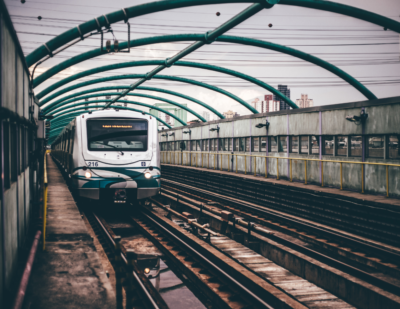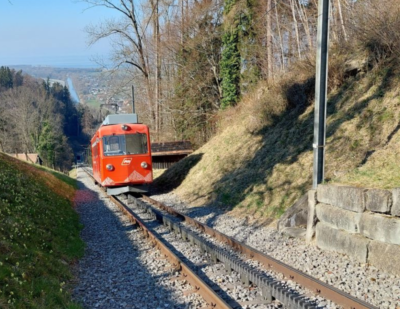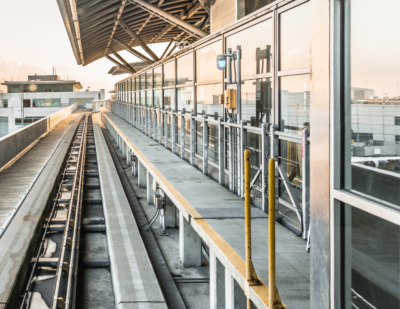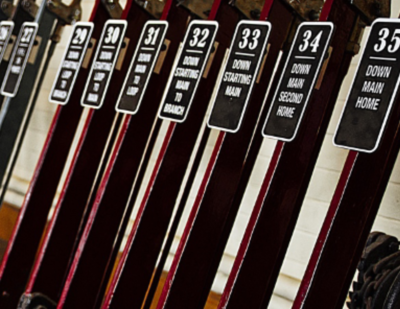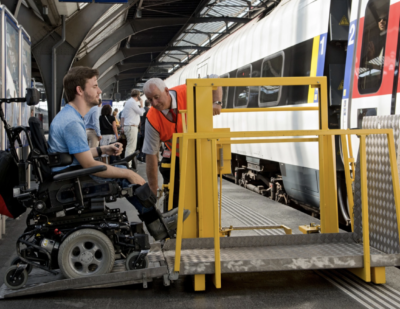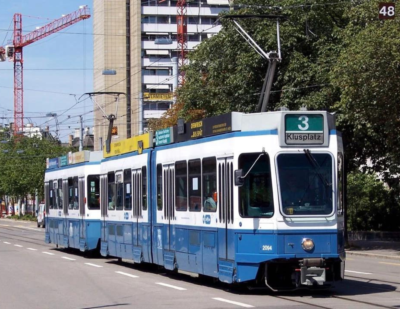Throughout 2022, Rubi Bahntechnik has been posting tips to help people move smoothly throughout cities with the hashtag #TrafficTuesday.
This article is one of the highlights from the series:
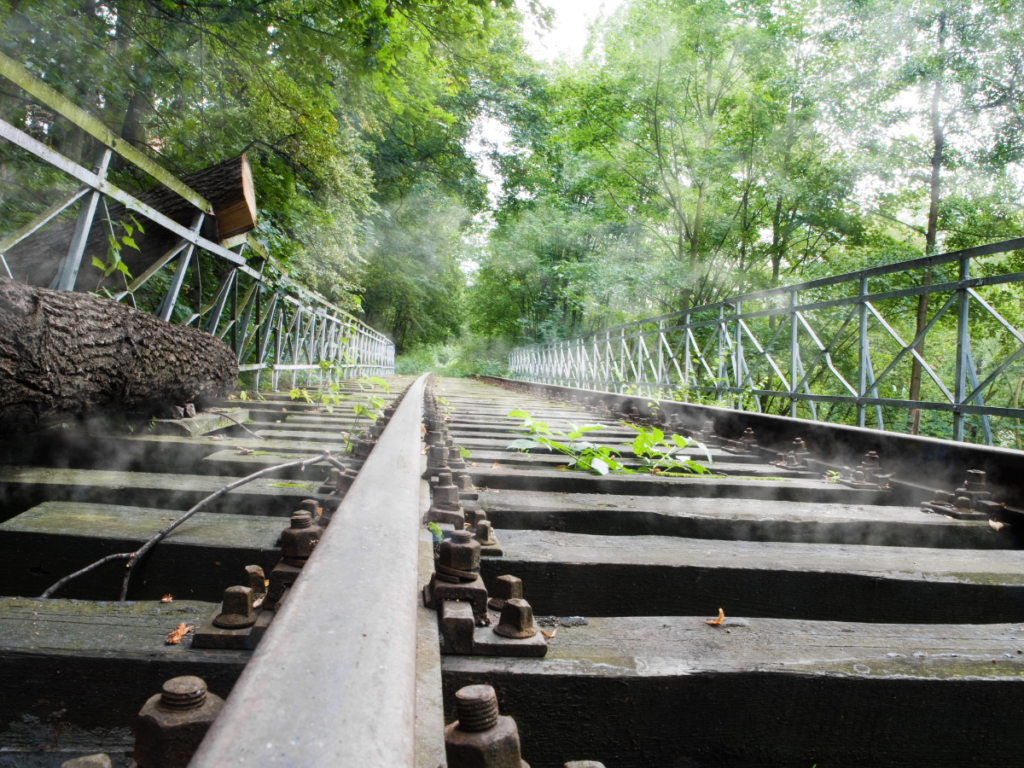
In shop talk we often say that the basic components of railways are still the same as they were in its pioneering days in the mid-19th century—a metal wheel guided by a metal rail that lies on an absorbent bed.
Alongside all the trappings—vehicles, signalling, safety systems and so on—the essence of the railway has in fact also evolved, of course. What remained constant, however, was the physics of the relationship between the weight of the vehicle (including its passengers) and the track. The bigger and faster the vehicles, the higher the forces that have to be absorbed. Trams are not called “light rail” in English for nothing, but even for them a significant track bed is necessary.
The English city of Coventry wants to change that. Its very-light-rail system is supposed to be two-thirds cheaper than a conventional tram. This is made possible by small, lightweight vehicles and a track height of less than 30 centimetres. The latter is crucial because it would not interfere with existing utilities.
What do you think of this innovation? Flash in the pan or the next big thing?
This article was originally published by RUBI Bahntechnik.

